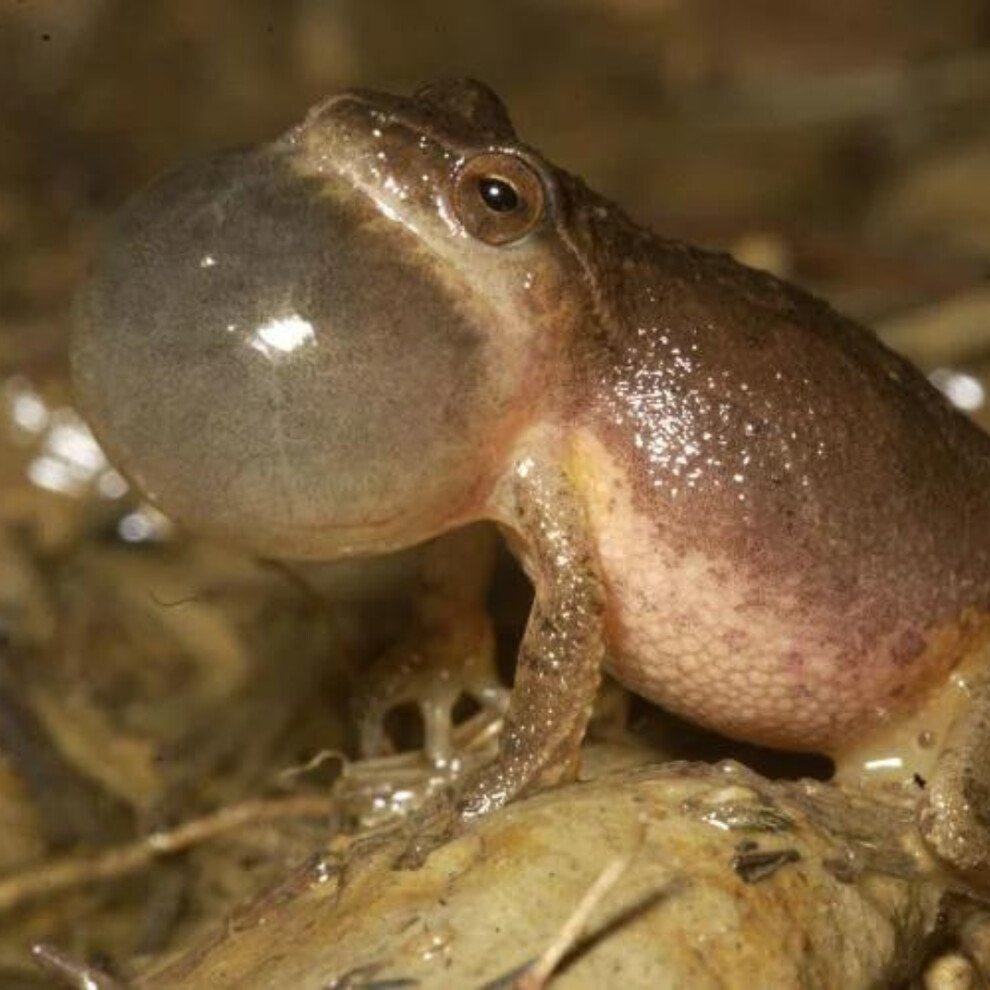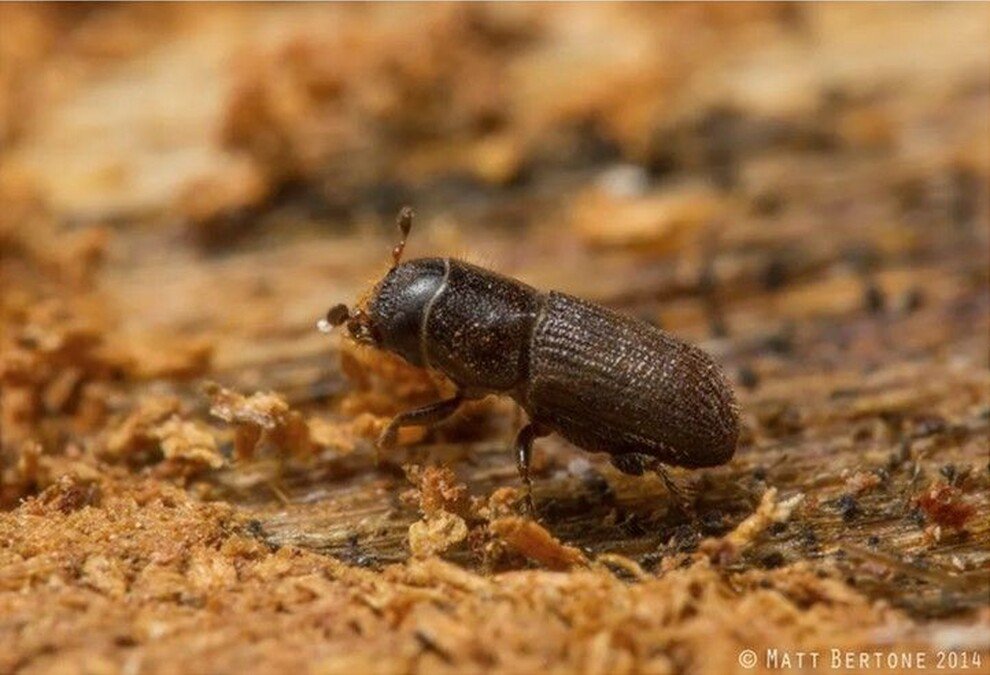
Current Nature: Herp, Herp, Hooray!
Spring is here, and there are signs of it everywhere. Birds are singing, daffodils are blooming and shrubs are greening up. These are the typical hallmarks we look forward to, but the herp world has something to say about spring too. If you’ve been near a wetland around dusk lately, you’ve probably heard from one of our most famous herps.

Current Nature: Return Of The Osprey
Spring on Nantucket is a period of rebirth after a long, cold winter. Warmer temperatures, budding flowers, and the reopening of your favorite restaurants are all welcomed sights. Everyone has their most anticipated signs of spring: it may be daffodils blooming, striped bass returning to the harbors, or the chance to plant your vegetable garden. Here at the Linda Loring Nature Foundation, one spring moment reigns supreme, the annual return of our nesting ospreys.

Current Nature: Complex Conservation, Interactions between Pines, Bats, and Beetles
When someone describes Nantucket, they usually emphasize the miles of beaches and historic downtown; but very few people will mention the unique pockets of woods found here, especially our Pitch Pine forests. Pitch Pines are quirky trees that thrive in harsh conditions and sandy soils; that’s why they do so well on Nantucket. Massachusetts Audubon Society’s Lost Farm property is home to one of the island's most fantastic Pitch Pine forests.

Current Nature: Nantucket's Owls - A Little Hoot Goes A Long Way
Owls have been capturing people’s curiosity for centuries. Their mysterious lifestyle, haunting calls, and captivating round faces with large eyes are hard to dismiss. Most owls are nocturnal, hunting at night. Owls have many adaptations that aid with nighttime hunting. They have special combs on their feathers that help silence their flight allowing them to sneak up on their prey. Their eyes are large to support seeing in low light or darkness. The forward placement of the eyes on owls, like us, allows them to hunt and determine depth perception and distance from their prey. However, owls cannot move their eyeballs as we can; that’s why they have extra vertebrate bones to rotate their head 270 degrees. This rotation and the asymmetrical placement of their ears on their heads also helps them triangulate the sounds of their prey.

Current Nature: Adventure Awaits Outdoors
Sometimes the cold, gray, foggy days of winter make us sad and all we want to do is snuggle up inside under a cozy blanket. Or for those of us who are ecologists, perhaps we envision what it would be like to be a Snapping Turtle and take a long nap under the mud until spring arrives. But if we can shake off that urge to just sit in bed and watch TV, a whole wide world of wonder awaits us outdoors.

Current Nature: Year Of The Rabbit
Happy Lunar New Year Nantucket! Yesterday, January 22nd, 2023 marked the first day of the new lunar year, the Year of the Rabbit. The celebration of the Lunar New Year is culturally important for many countries throughout Asia, particularly in China. Although, we use a solar calendar in the United States, the Wampanoag inhabitants of Nantucket relied on the moon cycles as an indicator for their daily lives, including when to plant, fish, hunt, harvest, and preserve. Still to this day, the moon cycle continues to be present in our island life on Nantucket by fluctuating the tides and being one factor of sea level rise.
